D3: Commercially Exploited Species
Type of resources
Available actions
Topics
Keywords
Contact for the resource
Provided by
Representation types
Update frequencies
status
Scale
-
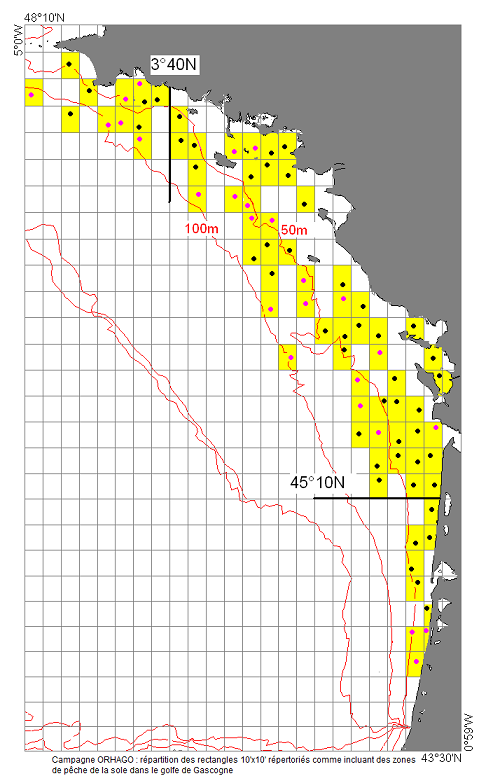
The ORHAGO cruises (Observation of the benthic aquatic resources of the GOlfe de Gascogne) are part of Ifremer's mission of observation and expertise in support of fisheries management. Their main aim is to obtain series of abundance indices for flatfish and in particular for sole. Consequently, the choice was made to adopt a beam trawl to comply with the standards of the International Council for the Exploration of the Sea (ICES) for flatfish. This choice has made it possible to be part of the campaigns coordinated by ICES and thus to be a member of a community in which the methodology and results can be discussed each year in the ICES WGBEAM working groups. Since 2013, the ORHAGO campaigns have been used to assess the state of the Bay of Biscay sole stock. They allow this assessment to be carried out analytically, i.e. using a model to analyse and simulate the dynamics of the stock. The ORHAGO campaigns are also a source of information on the evolution of benthic populations and coastal benthic habitats in the Bay of Biscay.
-
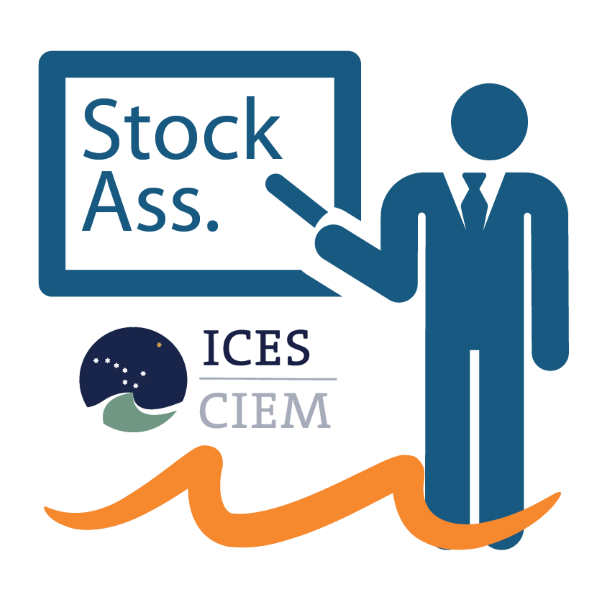
-
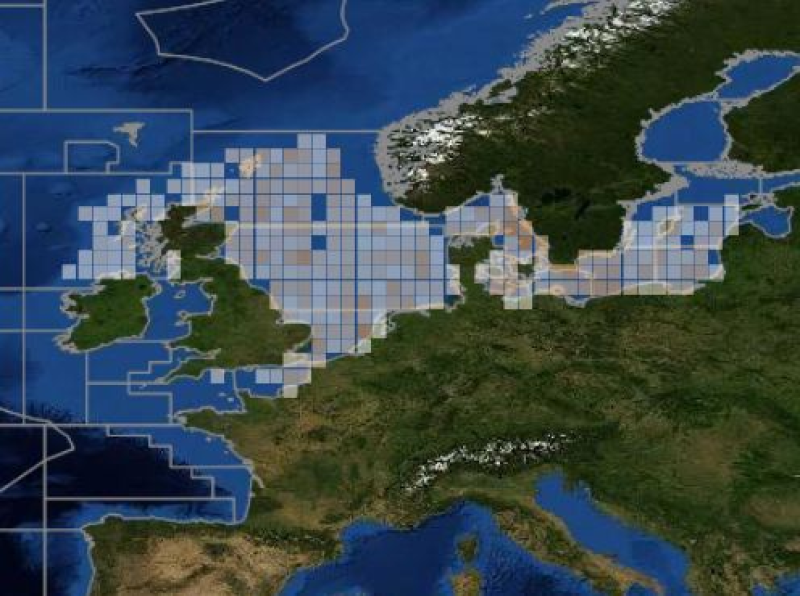
ICES database of trawl surveys
-
DATRAS North Sea Bottom Trawl Survey
-
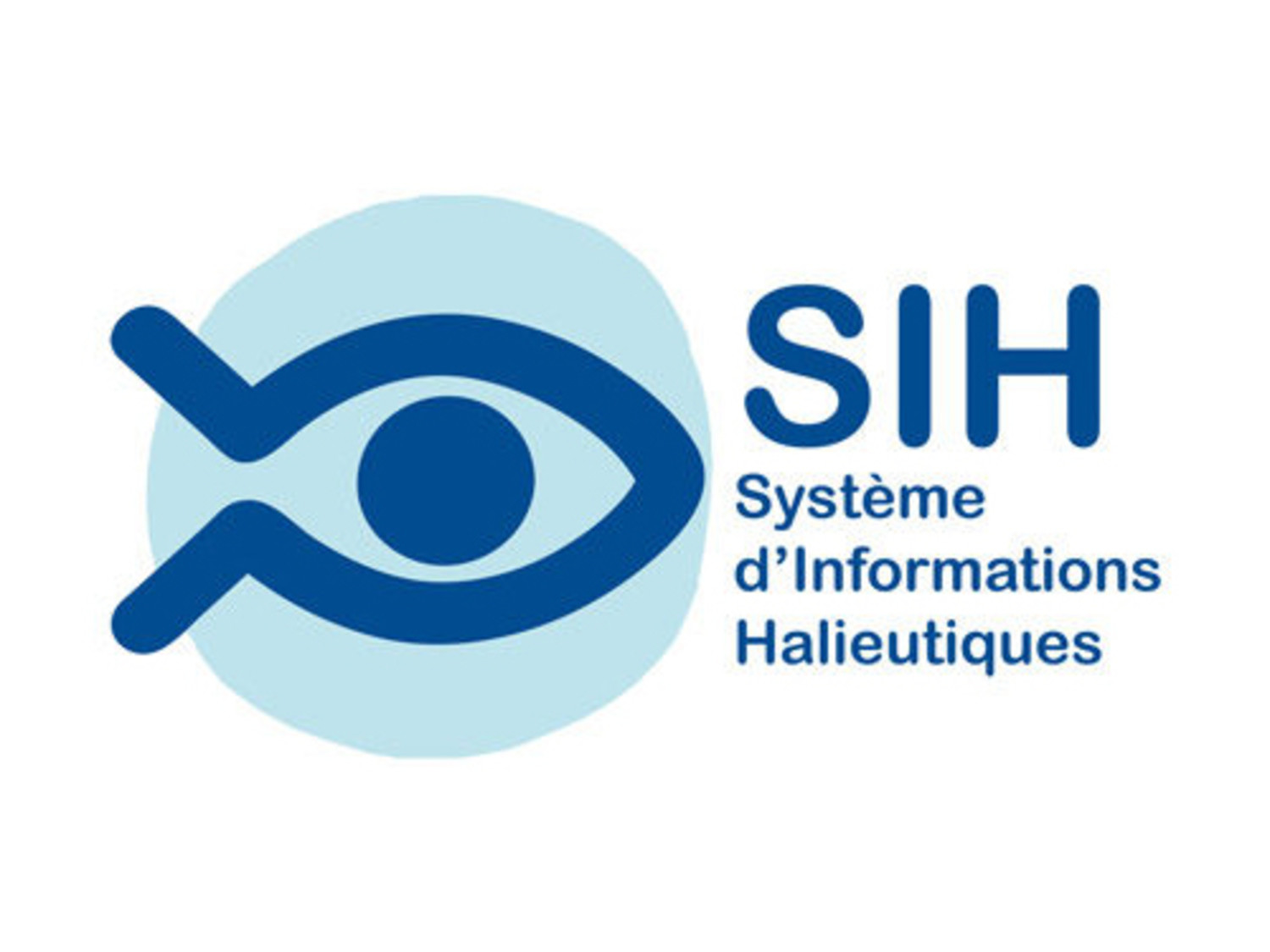
-
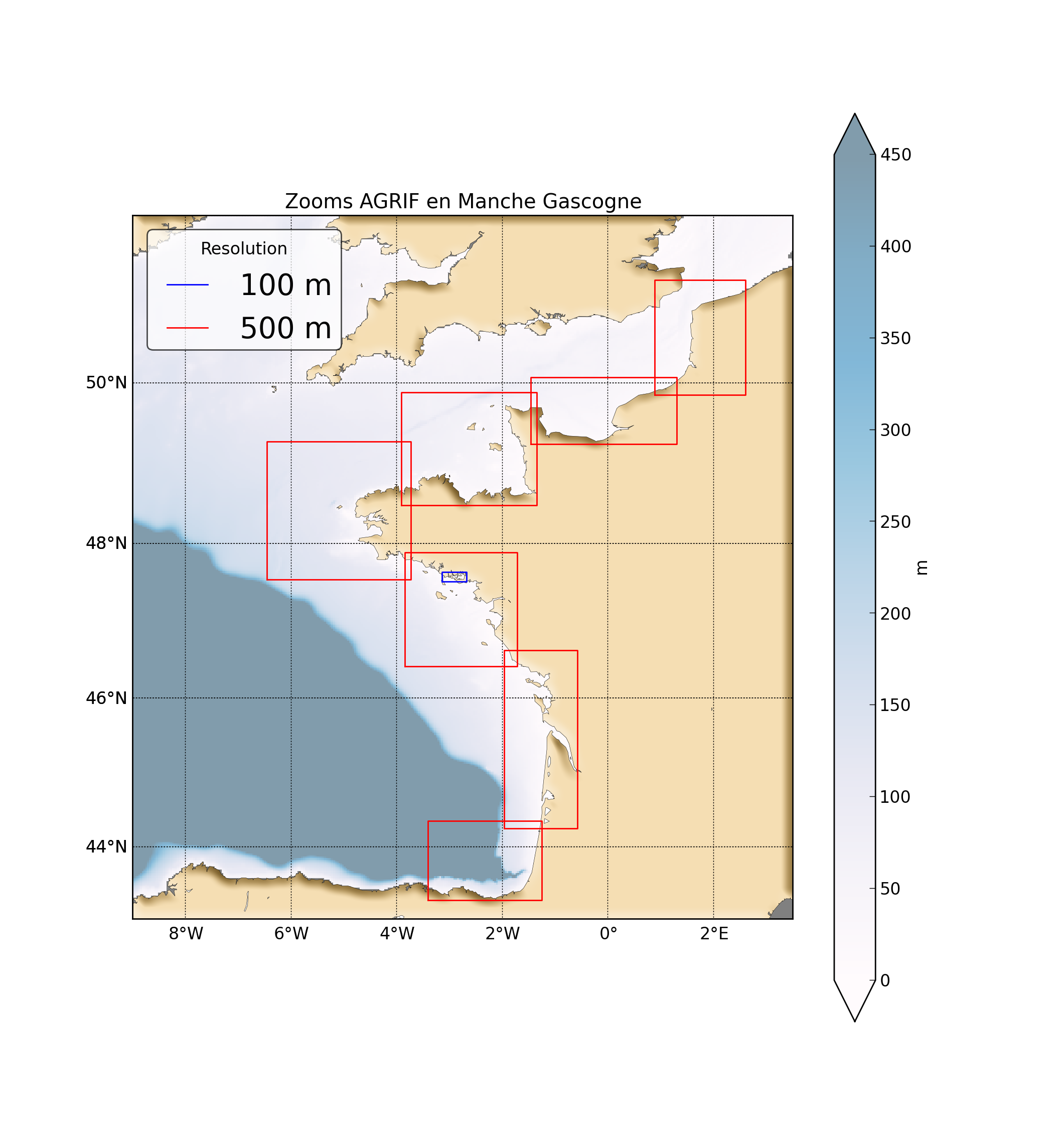
"Abstract: " Hydrodynamic database build with the MARS3D model along the french manche and atlantic coast at high spatial (500m) and temporal (1h) resolution "Details:" Seabed habitats maps are build from statistics models which need some data that describe the physical environment of the different species. Theses environmental factors are the salinity, temperature and shear stress (from waves and current) on the sea floor. Statistics are based on realistic and inter-annual simulations from 3D ocean models.Models output are currently available at a uniform resolution of 2.5 km along the whole French coast,as a part of the PREVIMER project (http://www.previmer.org) To increase the horizontal resolution of the model to 500m grid spacing, an on-line grid refinement technique has been carried out with the AGRIF library. (http://www-ljk.imag.fr/MOISE/AGRIF/) Seven zooms (with 500m resolution) have been implemented in the 2.5 km MANGAE configuration. From this configuration, an hindcast of six years (from 2010 to 2015) has been simulated and cover the french coast from spain to pas-de-calais area : "Main features of the hindcast" Horizontal resolution : 500m Vertical resolution : 40 sigma levels Temporal resolution : 1 Hour "Available physical parameters" ◦ 2D : Sea surface height and barotropic velocities (U and V components) ◦ 3D : Temperature, Salinity and baroclinic velocities
-
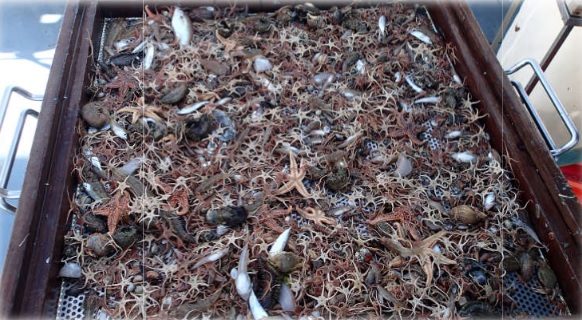
Ecological study of coastal nurseries in the Bay of Biscay: abundance and the quality of benthic and demersal fish juveniles (targeted species: common sole, Solea solea L.), biological indicators, relationship with the physical parameters of the habitats (bathymetry, sediments, hydrology) and with associated epibenthic populations (trawls for observing invertebrates).
-
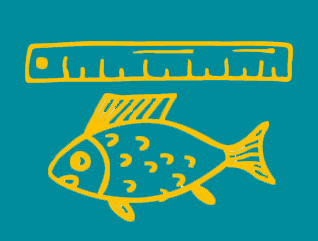
The observation of sales consists of periodically measuring the size of individuals of the main species at auctions and landing points, taking into account the commercial names used at the point of sale. This system, called ObsVentes, is applied in metropolitan France and in the French overseas territories : Guyane, Guadeloupe, Martinique, Réunion and Mayotte.
-

The national observation network for the blue mussel (MYTILOBS), set up in 2012, aims to monitor the growth and mortality of mussels produced for the market. The MYTILOBS is based on the experience of the regional network (REMOULA) which has been monitoring the growth of the blue mussel in the Charentais inlet since 2000. Monitoring mainly takes place the year following the year of capture: it thus integrates the main seasons of the biological life of the mussel, from winter maturation to spring growth, then to summer and fall fattening, the two periods when they are mainly sold. The choice of monitoring sites was decided in consultation between the Regional Environmental Resource Laboratories and the industry. For North Brittany, this is the site of Vivier-sur-Mer in (the sector of) the bay of Mont-Saint-Michel (mussel poles). Each breeding site is monitored every three months. Many parameters are measured including mussel size, weight and mortality. These data are examined taking into account environmental conditions such as temperature, salinity or the abundance and richness of the microalgae on which the shellfish feed. The Mytilobs national network is located in the main mussel-breeding regions of the Atlantic coast: Normandy, North Brittany, South Brittany, Pays de Loire and Poitou-Charentes. The sites of Agon (West Cotentin), Vivier (the bay of Mont Saint-Michel), Pont Mahe (Vilaine bay), Aiguillon (Breton inlet), Yves (Pertuis d’Antioche strait) representing, from north to south, mussel culture using poles. The Filiere site (Pertuis Breton - strait) represents mussels culture using ropes, in full water.
-
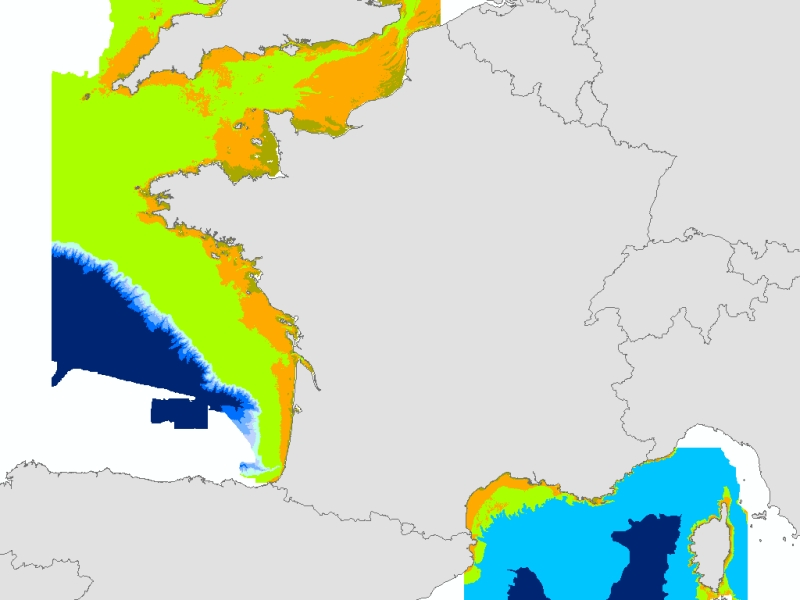
Theoretical Biological areas calculated from two meshed physical variables: bathymetry (resolution 100m), and attenuation of light in the water column (Kpar, resolution 250m). Coasts of mainland France. IFREMER Report "Hamdi Anouar, Vasquez Mickael, Populus Jacques (2010). Cartographie des habitats physiques Eunis - Côtes de France. IFREMER/AAMP agreement n° 09/12177764/FY. http://archimer.ifremer.fr/ doc/00026/13751/ "
 Catalogue PIGMA
Catalogue PIGMA